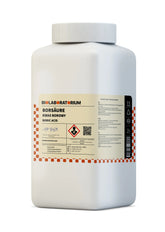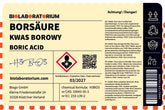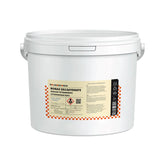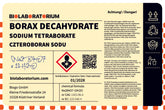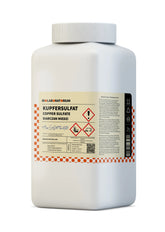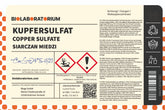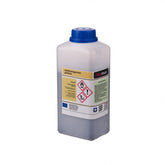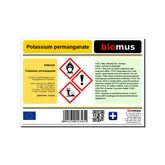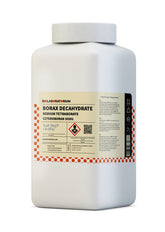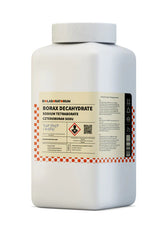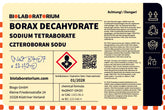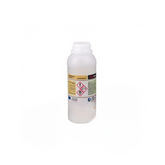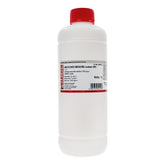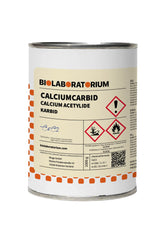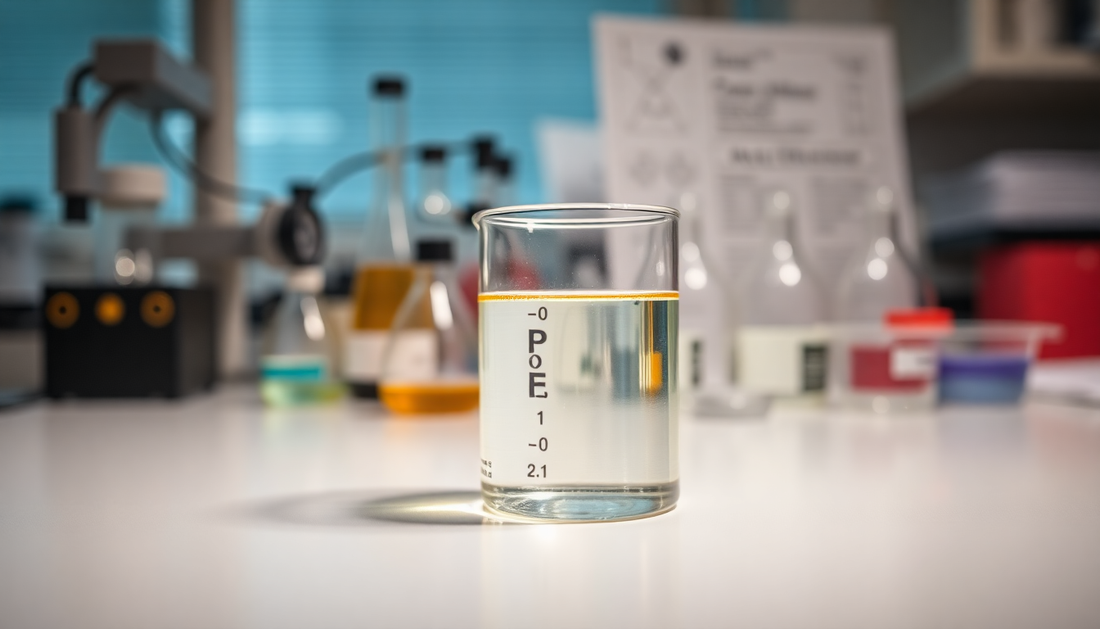Phenol solution – a classic reagent of great importance in chemical analysis
Phenol, also known as carbolic acid or hydroxybenzene, is one of the most important organic compounds in chemistry. With the molecular formula C₆H₅OH, it is an aromatic alcohol that carries a hydroxyl group (-OH) on the benzene ring. This chemical structure gives phenol unique properties that make it an indispensable reagent in many areas of chemical analysis.
The Importance of Phenol in Chemistry
Phenol is not only an important raw material for the production of numerous chemical products but also plays a central role in chemical analysis. Its reactivity and versatility make it a classic reagent used in many laboratories worldwide.
One of the main applications of phenol is the detection and quantification of organic compounds. Phenol can react with a variety of functional groups, enabling the detection and determination of substances such as alcohols, phenols, amines, ketones, and aldehydes. These reactions are often colored and can therefore be evaluated photometrically or colorimetrically.
Additionally, phenol is used in the analysis of proteins, nucleic acids, and other biologically relevant molecules. For example, phenol is used in the extraction and purification of DNA and RNA to separate them from proteins and other impurities.
Properties and Reactions of Phenol
Phenol is characterized by a series of characteristic properties that make it such a valuable reagent:
-
Acidity: Phenol is a weak acid with a pKa value of 9.99. This allows deprotonation and formation of phenolate ions, which can be used in many analyses.
-
Aromaticity: The benzene ring gives phenol high stability and reactivity. Electrophilic aromatic substitutions, such as halogenation or nitration, are important phenol reactions.
-
Nucleophilicity: The hydroxyl group makes phenol a moderate nucleophile that can be used in condensation reactions.
-
Redox properties: Phenol can be oxidized and thus serves as a reducing agent in analytical methods, such as the determination of iron(III) ions.
These properties enable diverse applications of phenol in qualitative and quantitative chemical analysis.
Analytical methods with phenol solution
One of the most well-known applications of phenol in analysis is the detection and determination of proteins according to the Lowry method. Here, phenol reacts with the peptide bonds of proteins to form a blue color complex, the intensity of which can be measured photometrically. This method is very sensitive and is frequently used to quantify proteins in solutions.
Phenol also plays an important role in nucleic acid analysis. In the extraction and purification of DNA and RNA, phenol is used to separate proteins and other impurities from the nucleic acids. The phenol-chloroform extraction is a widely used method here.
Furthermore, phenol is used in the determination of aldehydes and ketones. Through reaction with these carbonyl compounds, colored products are formed that can be quantified photometrically. An example is the detection of formaldehyde using the Hantzsch reaction, in which phenol serves as the reagent.
Phenol also plays an important role in the analysis of phenols themselves. Through reaction with diazo reagents such as diazonium salts, phenols can be detected and determined. Such colorimetric methods are simple to perform and find broad application.
Safety aspects when handling phenol
Although phenol is a useful and versatile reagent, caution must be exercised when handling it. Phenol is toxic upon skin contact and ingestion, can cause burns, and is also flammable. Therefore, appropriate protective measures such as gloves, safety glasses, and efficient ventilation are essential when handling phenol solutions.
The disposal of phenol residues must also be carried out properly, as phenol is classified as hazardous to the environment. Contaminated solutions should never enter the drain or sewer system.
Conclusion
Phenol is an indispensable reagent in chemical analysis due to its chemical properties and reactivity. From protein determination to nucleic acid extraction and aldehyde analysis – phenol is used in numerous standard methods. Its broad spectrum of applications, the sensitivity of detection reactions, and the possibility for quantitative determination make phenol a classic tool in the chemical laboratory.
However, handling phenol requires special safety measures due to its toxicity. With the right precautions and disposal procedures, phenol can be used safely and efficiently in analysis. Thus, phenol solution remains an indispensable reagent for chemists in research and practice.

